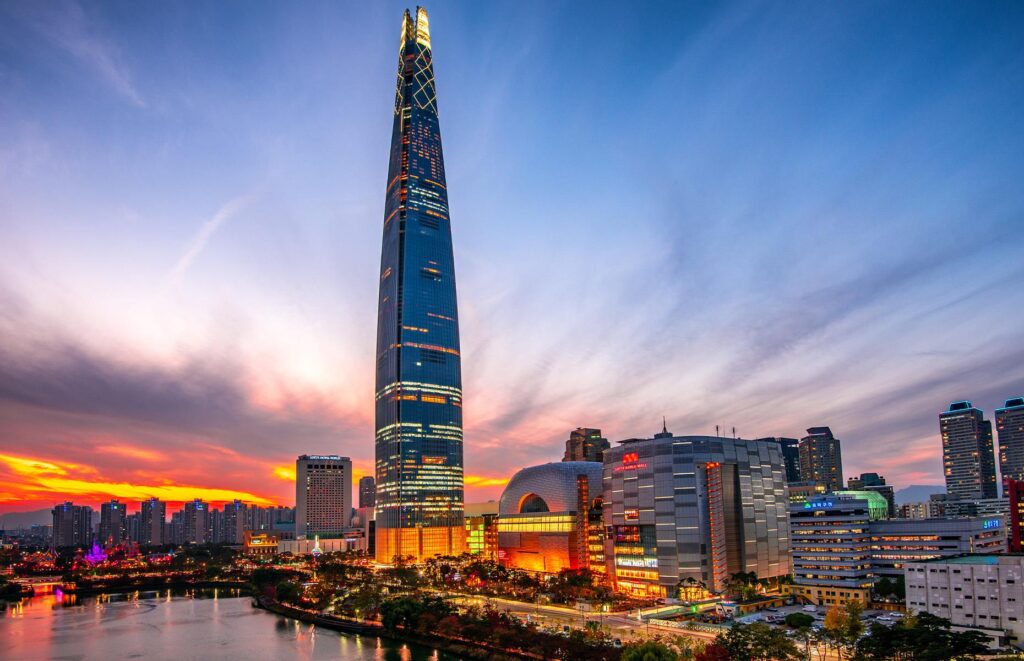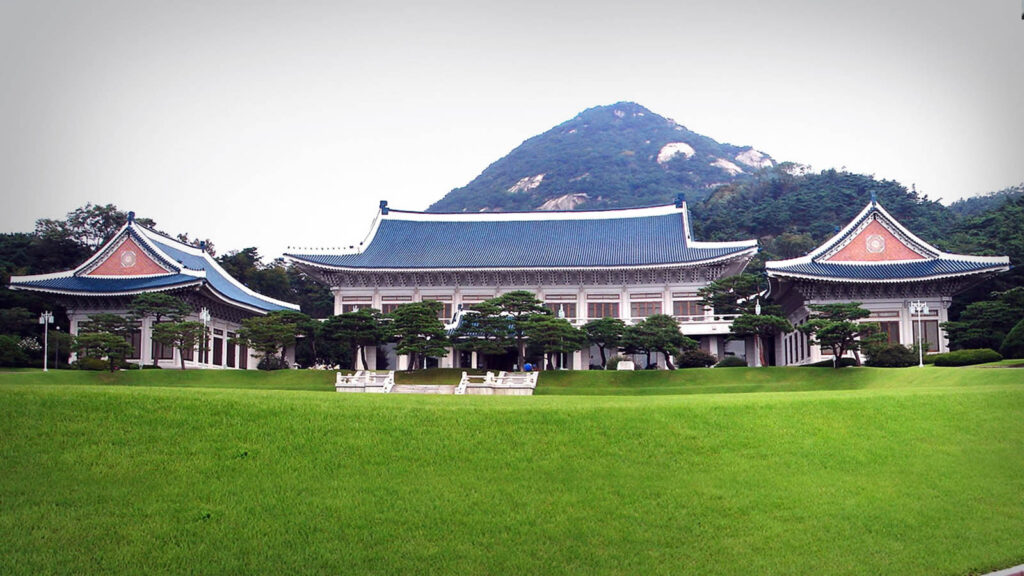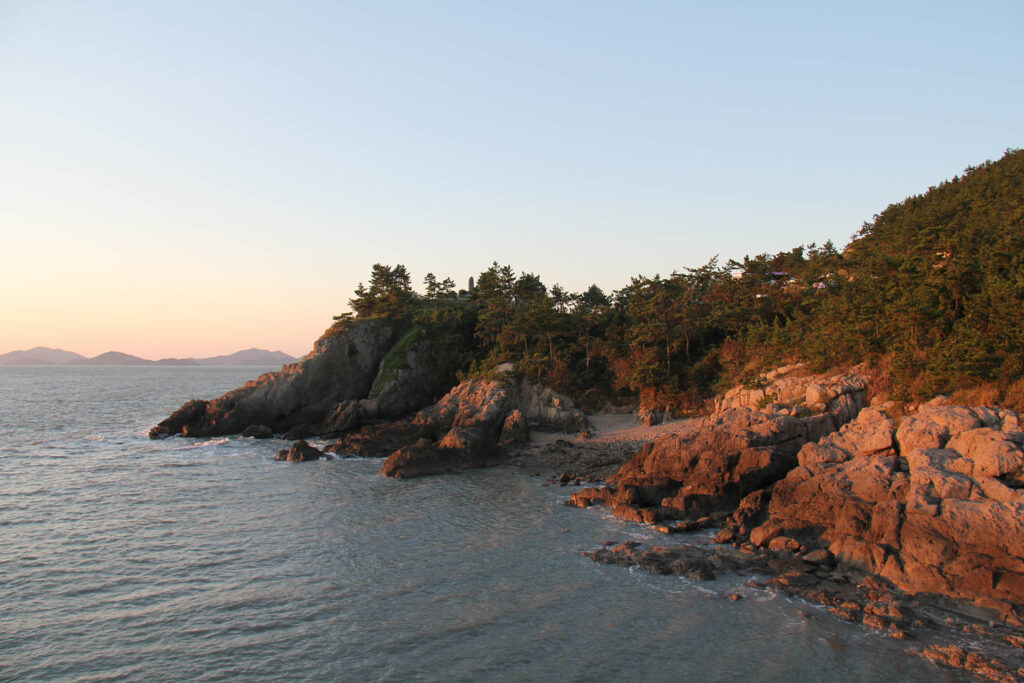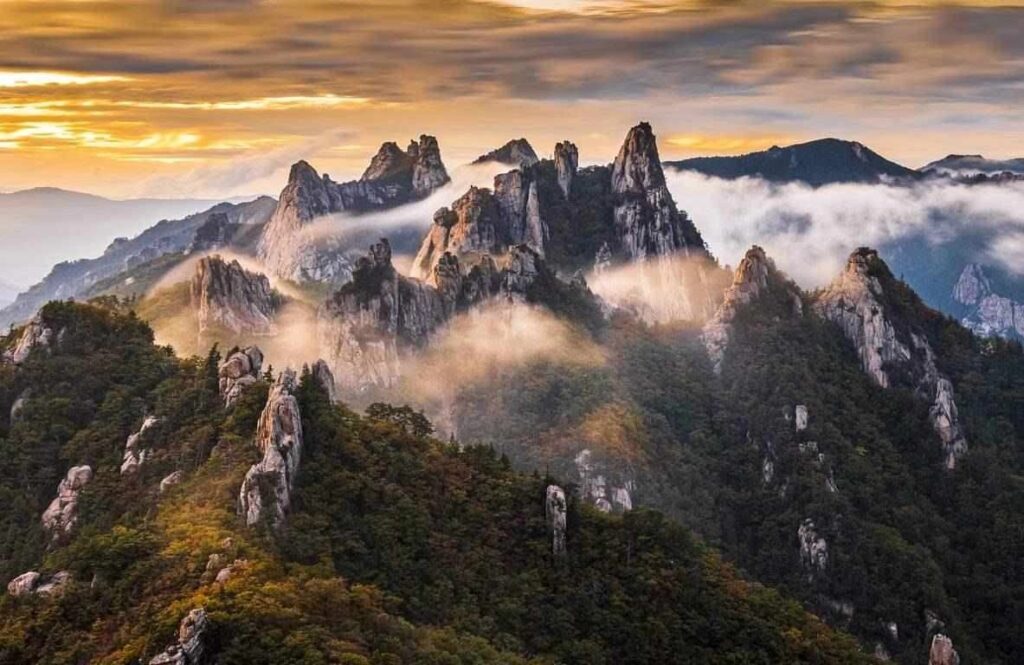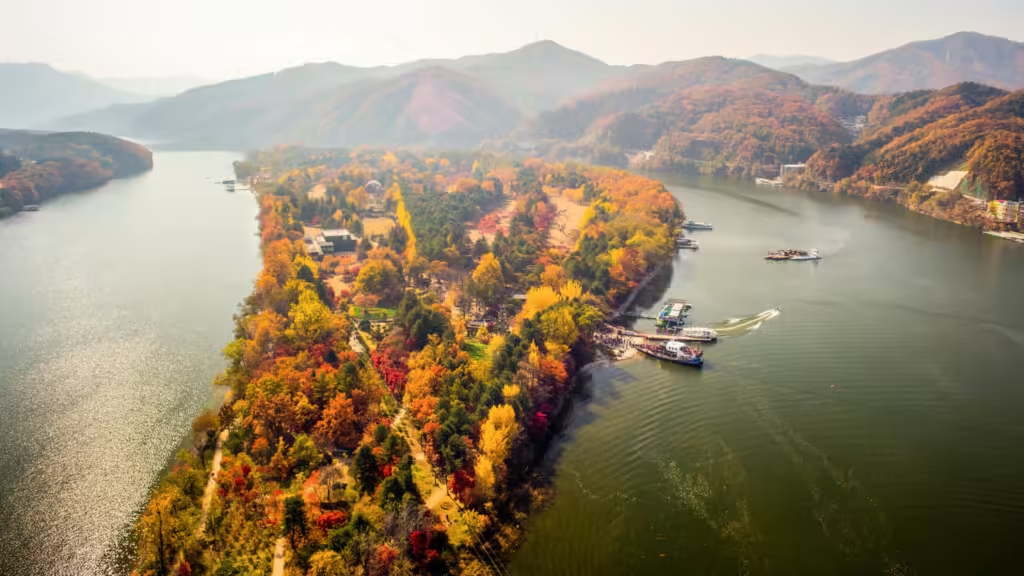Introducing The Wadi Rum (Valley of the Moon)
Wadi Rum, often referred to as the “Valley of the Moon,” is a breathtaking desert landscape located in southern Jordan. This UNESCO World Heritage site is renowned for its dramatic sandstone mountains, ancient rock carvings, and unique natural beauty. Covering an area of approximately 720 square kilometers, Wadi Rum is not just a desert but a living museum of geological wonders and a rich cultural heritage that dates back thousands of years. In this article, we will delve into the history, geography, attractions, and experiences that make this place a must-visit destination for adventurers and nature lovers alike.

The History of Wadi Rum
Ancient Inhabitants
Wadi Rum has been inhabited by various cultures since prehistoric times. The earliest evidence of human presence dates back to the Neolithic period, around 10,000 years ago. Over the millennia, the region has been home to various tribes, including the Nabataeans, who left behind an impressive array of rock carvings and inscriptions.
Nabataean Legacy
The Nabataeans, best known for their capital city Petra, also left their mark on this place. They controlled the trade routes that passed through the region, facilitating commerce between the Arabian Peninsula and the Mediterranean. The rock carvings and temples they left behind are a testament to their advanced engineering skills and rich cultural heritage.
Bedouin Culture
The Bedouins, nomadic Arab tribes, have lived in Wadi Rum for centuries. Their way of life, adapted to the harsh desert environment, is characterized by hospitality, storytelling, and a deep connection to the land. Today, many Bedouins still reside in this place, offering visitors a glimpse into their traditional lifestyle through guided tours and overnight stays in desert camps.

The Geography of Wadi Rum
Geological Marvels
Wadi Rum’s landscape is a geologist’s paradise. The desert is dominated by towering sandstone and granite rock formations, sculpted over millions of years by wind and water erosion. Some of the most famous formations include the Seven Pillars of Wisdom, named after T.E. Lawrence’s book, and the Burdah Rock Bridge, one of the largest natural rock arches in the world.
Climate and Ecology
Wadi Rum experiences a typical desert climate with hot summers and cool winters. Despite its arid conditions, the desert is home to a variety of flora and fauna. Hardy plants such as acacia trees and desert grasses thrive here, while animals like the Arabian oryx, sand foxes, and numerous bird species can be spotted by the keen-eyed observer.
Attractions in Wadi Rum
Lawrence’s Spring
Named after the British officer T.E. Lawrence, who famously fought alongside the Arab Revolt during World War I, Lawrence’s Spring is a natural water source located at the base of a towering cliff. The spring offers a refreshing spot for hikers and is surrounded by ancient inscriptions and carvings.
Khazali Canyon
Khazali Canyon is a narrow, winding gorge that features numerous petroglyphs and inscriptions dating back to ancient times. Visitors can explore the canyon’s walls, which are adorned with images of humans, animals, and symbols that offer a glimpse into the region’s history and the beliefs of its past inhabitants.
The Seven Pillars of Wisdom
This iconic rock formation is named after Lawrence’s autobiographical account of his experiences in the Arabian Peninsula. The Seven Pillars of Wisdom is not only a geological wonder but also a historical landmark, offering stunning views of the surrounding desert landscape.
Burdah Rock Bridge
One of the largest natural rock bridges in the world, the Burdah Rock Bridge is a popular destination for adventurous hikers. Reaching the top requires a challenging climb, but the panoramic views of the desert from the summit are well worth the effort.
Umm Fruth Rock Bridge
Another impressive natural arch, the Umm Fruth Rock Bridge is more accessible than the Burdah Rock Bridge, making it a popular spot for visitors looking to capture stunning photographs of the desert landscape.
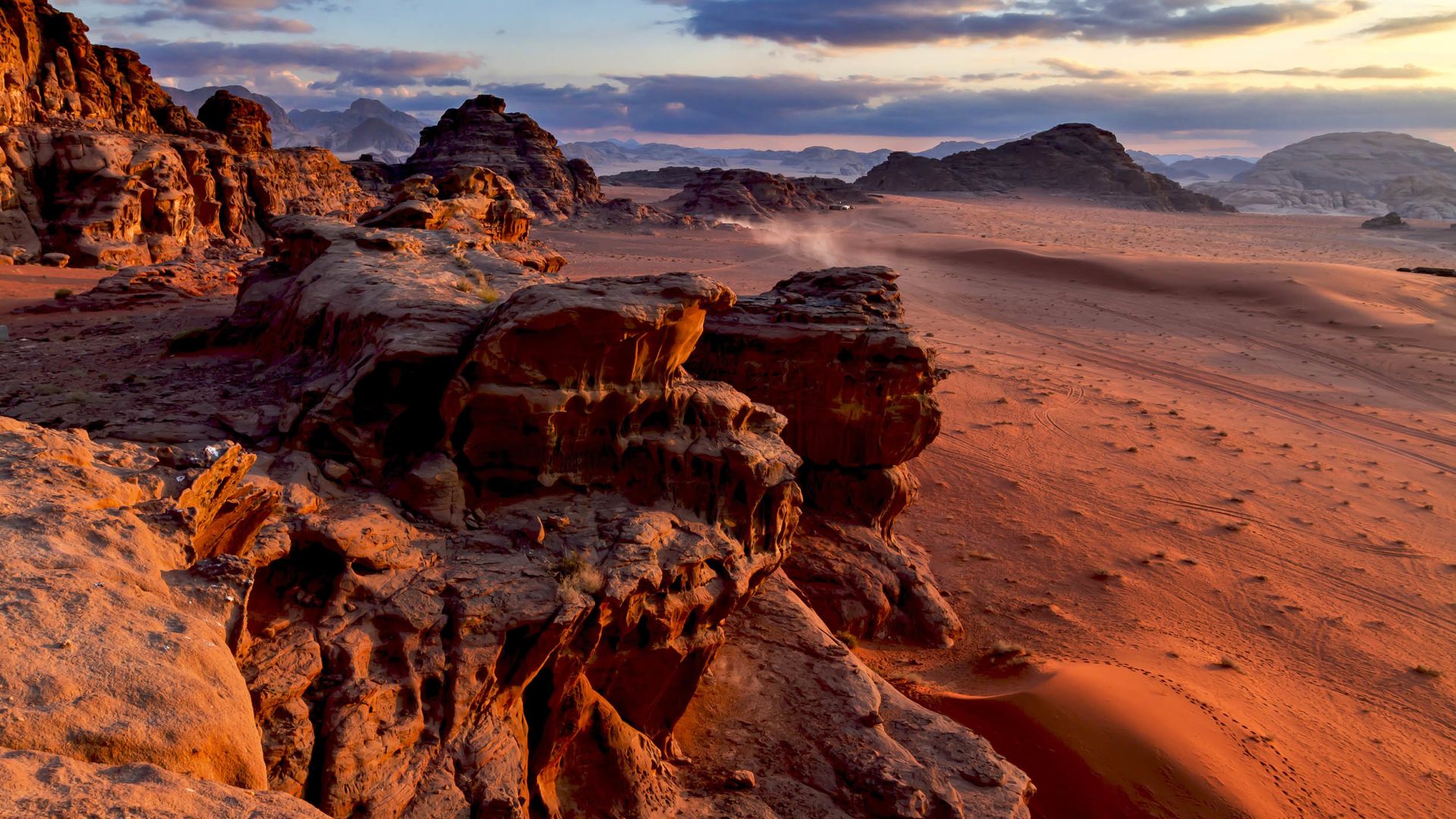
Activities in Wadi Rum
Camel Trekking
Experiencing Wadi Rum on camelback is a timeless tradition that allows visitors to traverse the desert much like the Bedouins have for centuries. Camel treks can range from short rides to multi-day journeys, offering a unique perspective of the landscape and its natural beauty.
Jeep Tours
For those seeking a faster-paced adventure, jeep tours are an excellent way to explore Wadi Rum. Guided by experienced Bedouin drivers, these tours take visitors to some of the most iconic sites and hidden gems of the desert, including sand dunes, rock bridges, and ancient inscriptions.
Hiking and Climbing
Wadi Rum’s rugged terrain offers numerous opportunities for hiking and rock climbing. Trails vary in difficulty, from easy walks through scenic valleys to challenging climbs up steep rock faces. The desert’s stunning vistas and serene environment make hiking and climbing in Wadi Rum a memorable experience.
Hot Air Balloon Rides
For a bird’s-eye view of Wadi Rum’s breathtaking landscape, hot air balloon rides are an unforgettable experience. Floating high above the desert at sunrise, visitors can marvel at the vast expanse of sand and rock formations bathed in the soft morning light.
Stargazing
Wadi Rum’s remote location and lack of light pollution make it one of the best places in the world for stargazing. On clear nights, the desert sky comes alive with a dazzling display of stars, planets, and constellations. Many desert camps offer stargazing sessions, complete with telescopes and knowledgeable guides.

The Bedouin Experience
Traditional Bedouin Camps
Staying in a traditional Bedouin camp is a highlight of any visit to Wadi Rum. These camps, often located in picturesque settings, offer a unique opportunity to experience Bedouin hospitality and culture. Guests can enjoy traditional meals, listen to stories and music around the campfire, and sleep in comfortable tents under the starry desert sky.
Bedouin Cuisine
Bedouin cuisine is an integral part of the Wadi Rum experience. Meals typically feature dishes such as mansaf (a lamb and rice dish), zarb (a traditional Bedouin barbecue cooked in an underground pit), and a variety of flatbreads and salads. Tea, often flavored with sage or mint, is a staple of Bedouin hospitality and is offered to guests throughout the day.
Cultural Performances
Many Bedouin camps in Wadi Rum host cultural performances, including traditional music, dance, and storytelling. These performances provide insight into the rich heritage of the Bedouin people and their enduring connection to the desert.
Wadi Rum in Popular Culture
Lawrence of Arabia
Wadi Rum gained international fame through the 1962 film “Lawrence of Arabia,” which was partially filmed in the desert. The movie, based on the life of T.E. Lawrence, showcased Wadi Rum’s stunning landscapes and brought global attention to this remote region.
The Martian
More recently, Wadi Rum served as a filming location for the 2015 science fiction film “The Martian,” starring Matt Damon. The desert’s otherworldly terrain provided a convincing backdrop for the planet Mars, further cementing Wadi Rum’s reputation as a unique and visually striking destination.
Planning Your Visit to Wadi Rum
Getting There
Wadi Rum is located about 60 kilometers east of Aqaba and 320 kilometers south of Amman, Jordan’s capital. Visitors can reach to this amazing place by car, bus, or taxi from these cities. The entrance to the Wadi Rum Protected Area is marked by the Wadi Rum Visitor Center, where visitors can arrange tours and accommodations.
Best Time to Visit
The best time to visit Wadi Rum is during the spring (March to May) and autumn (September to November) when temperatures are mild and comfortable. Summers can be extremely hot, with temperatures often exceeding 40°C (104°F), while winters can be chilly, especially at night.
Accommodation Options
Wadi Rum offers a range of accommodation options, from basic Bedouin tents to luxury desert camps. Many camps provide full-board packages that include meals, guided tours, and activities. For those seeking a more immersive experience, some camps offer the option to sleep under the stars on a simple mattress and blanket.
What to Pack
When visiting Wadi Rum, it’s essential to pack appropriately for the desert environment. Key items to bring include:
- Lightweight, breathable clothing
- A wide-brimmed hat and sunglasses
- Sunscreen and lip balm
- Sturdy hiking boots or shoes
- A reusable water bottle
- A camera or smartphone for capturing the stunning scenery
Responsible Tourism
Visitors to Wadi Rum are encouraged to practice responsible tourism by respecting the natural environment and cultural heritage of the region. This includes following Leave No Trace principles, supporting local businesses and guides, and being mindful of Bedouin customs and traditions.

Conclusion
Wadi Rum is a land of stunning natural beauty, rich history, and vibrant culture. From its towering rock formations and ancient inscriptions to its traditional Bedouin camps and modern adventure activities, this amazing place offers an unforgettable experience for travelers seeking to explore one of the world’s most unique and awe-inspiring desert landscapes. Whether you’re hiking through its scenic valleys, riding a camel across its sands, or simply gazing up at the star-filled sky, Wadi Rum is sure to leave a lasting impression on your heart and soul.



